Climate change continues to threaten the environment, but it’s also drastically reshaping real estate markets throughout the world. Rising sea levels, extreme weather events and shifting temperatures are forcing property investors, developers and homeowners to rethink the way they buy, sell and build. We look at 20 shocking ways climate change is altering the real estate landscape.
Coastal Property Values Are Falling

As sea levels rise, homes in coastal regions are becoming increasingly vulnerable to flooding and erosion. This has led to a sharp decline in property values in some areas, with buyers wary of investing in homes that may be underwater within a few decades. Coastal properties, once considered prime real estate, are now seen as risky investments.
Flood Zones Are Expanding
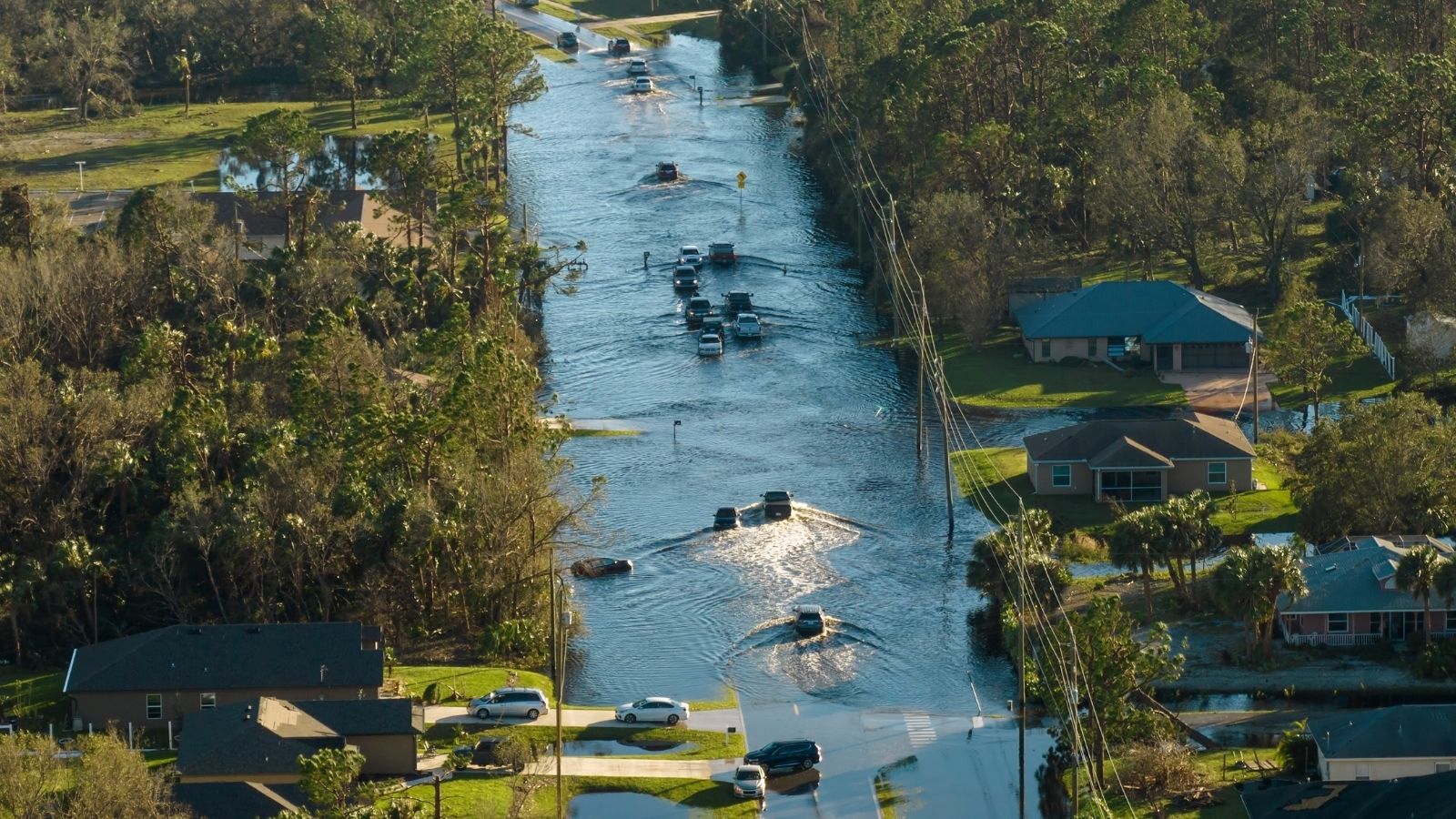
Flood-prone areas are growing as rainfall patterns change and storm surges increase. Properties previously considered safe are now finding themselves within newly designated flood zones. This not only decreases property values but also increases insurance costs, making homes in these areas less attractive to buyers.
Insurance Premiums Are Skyrocketing

With more frequent natural disasters such as hurricanes, floods and wildfires, insurance companies are raising premiums for homes in high-risk areas. In some regions, insurers are even pulling out altogether, leaving homeowners without protection and driving down property values.
Wildfire-Prone Areas Are Struggling
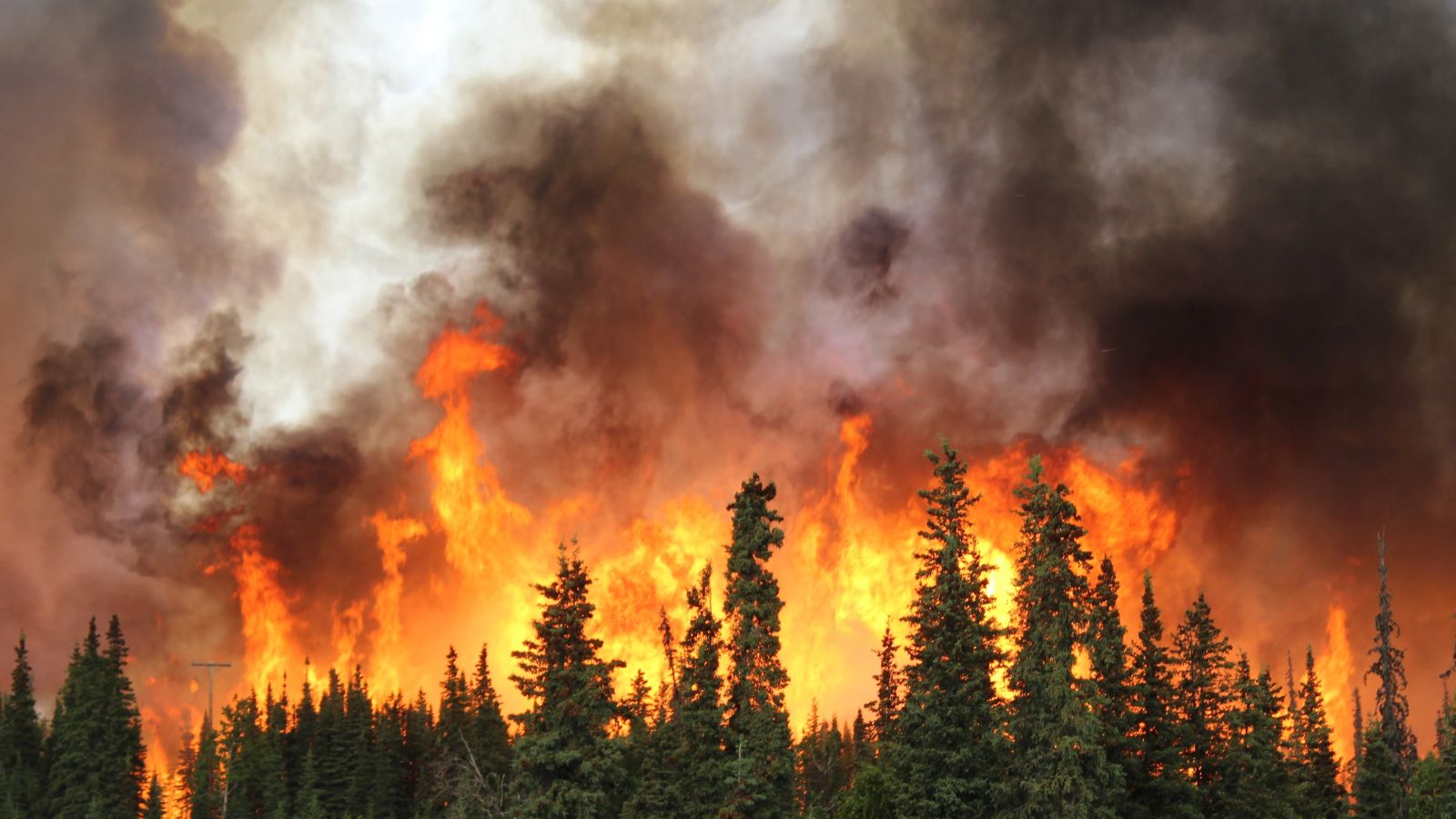
Real estate markets in wildfire-prone areas, such as California, are seeing major disruptions. Frequent and severe wildfires have caused widespread destruction, leaving buyers hesitant to invest in homes surrounded by forests or near high-risk areas. Insurance companies are also increasing premiums or dropping coverage altogether.
Climate Refugees Are Changing Market Demand

As certain areas become uninhabitable due to climate change, there is a growing trend of climate refugees—people forced to relocate due to environmental disasters. This migration is affecting real estate markets, increasing demand in safer areas while causing depopulation in high-risk zones.
Rising Construction Costs Due to New Regulations

As governments respond to the climate crisis, stricter building codes and regulations are being enforced. These include requirements for higher flood defenses, energy efficiency standards and fireproof materials. These regulations drive up construction costs, impacting housing affordability and development timelines.
Real Estate Investors Are Turning to Resilient Cities

Real estate investors are now prioritizing cities that are investing in climate resilience. Cities that are building flood defenses, green infrastructure and improving their climate adaptability are becoming more attractive to investors, leading to increased demand and rising property values in these areas.
Agricultural Land Values Are Fluctuating

Shifts in climate are altering the viability of agricultural land. Areas that were once fertile are becoming less productive due to droughts, heatwaves, or changing rainfall patterns. Conversely, previously unproductive lands may now become valuable as they experience more favorable climate conditions, reshaping rural real estate markets.
Luxury Beachfront Properties Are Losing Their Appeal
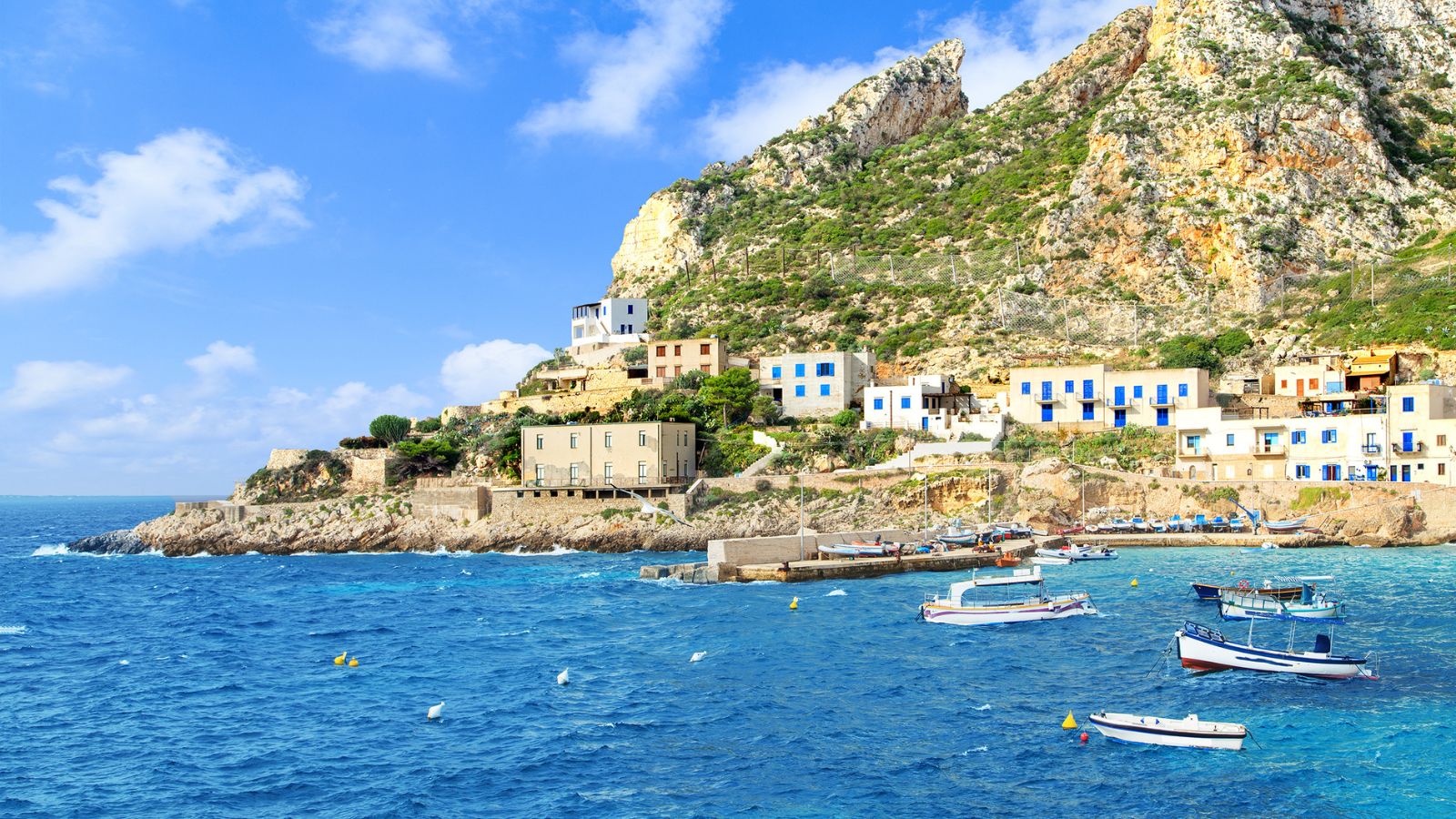
Beachfront properties have traditionally been seen as symbols of wealth and luxury. However, with rising sea levels and the increasing frequency of hurricanes, many high-end buyers are rethinking these investments. The threat of property loss and expensive insurance has made once-coveted beachfront homes less desirable.
Cooling Costs

As temperatures rise, the cost of cooling homes is increasing, especially in regions experiencing extreme heatwaves. Higher utility bills and the strain on energy grids are making homes in traditionally hot regions less attractive, with buyers seeking cooler climates to avoid skyrocketing energy costs.
Water Scarcity

Regions experiencing water scarcity are seeing a decline in property values, as access to water becomes a significant concern for homeowners and developers. Properties in areas affected by droughts or water restrictions are becoming less desirable, as the availability of water becomes a critical factor in real estate decisions.
Eco-Friendly Homes Are Increasing in Value
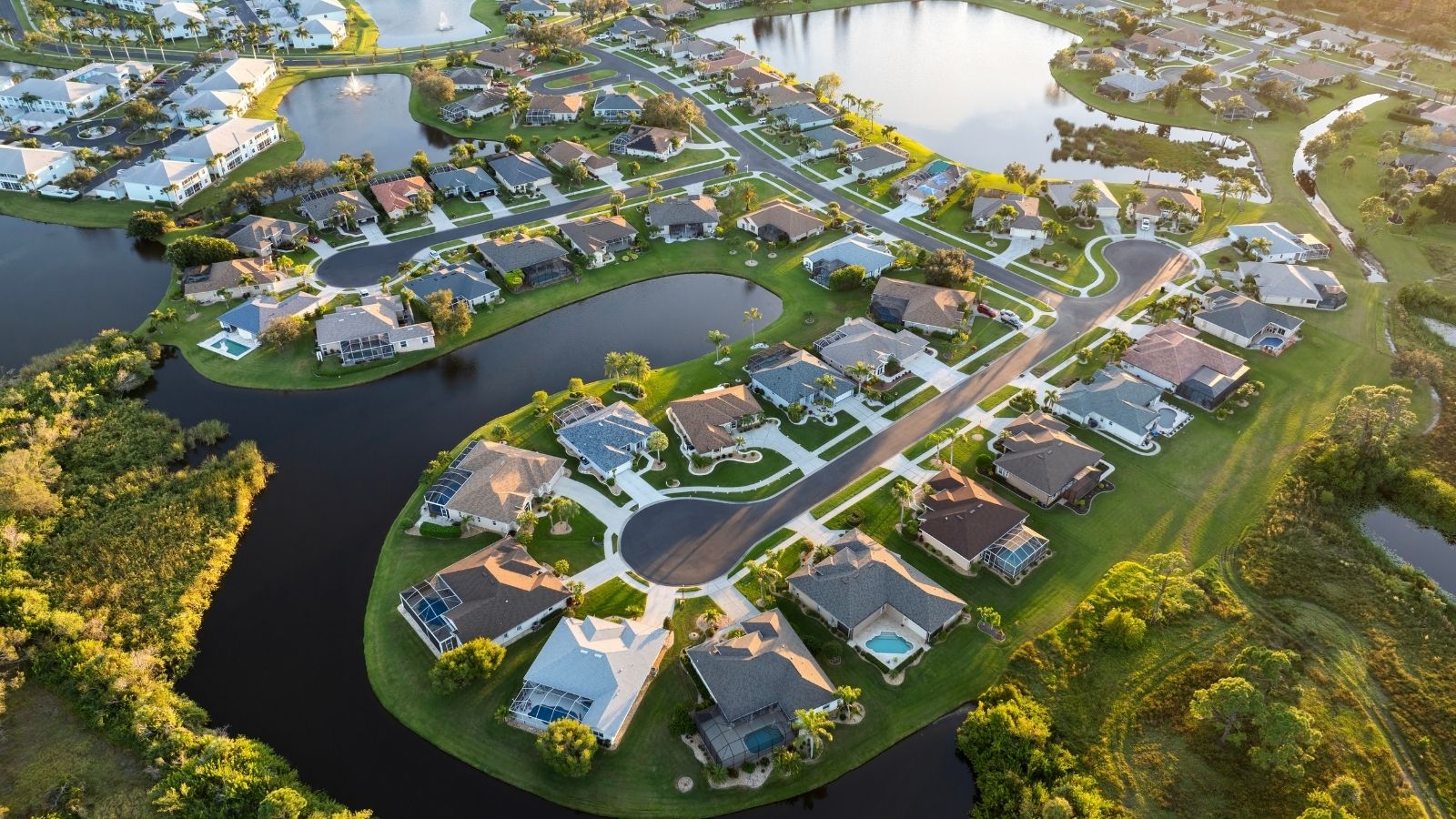
As climate change awareness grows, demand for eco-friendly homes is rising. Properties with energy-efficient features, solar panels and sustainable materials are becoming more valuable as buyers seek homes that are both environmentally friendly and cost-effective in the face of rising utility bills.
Real Estate in “Climate Havens” Is Booming

Some regions, known as “climate havens,” are expected to remain relatively unaffected by extreme climate changes. Cities in the northern U.S., Canada and parts of Europe are becoming increasingly attractive to buyers and investors looking for long-term security. As a result, property values in these areas are on the rise.
Increased Demand for Elevated Homes
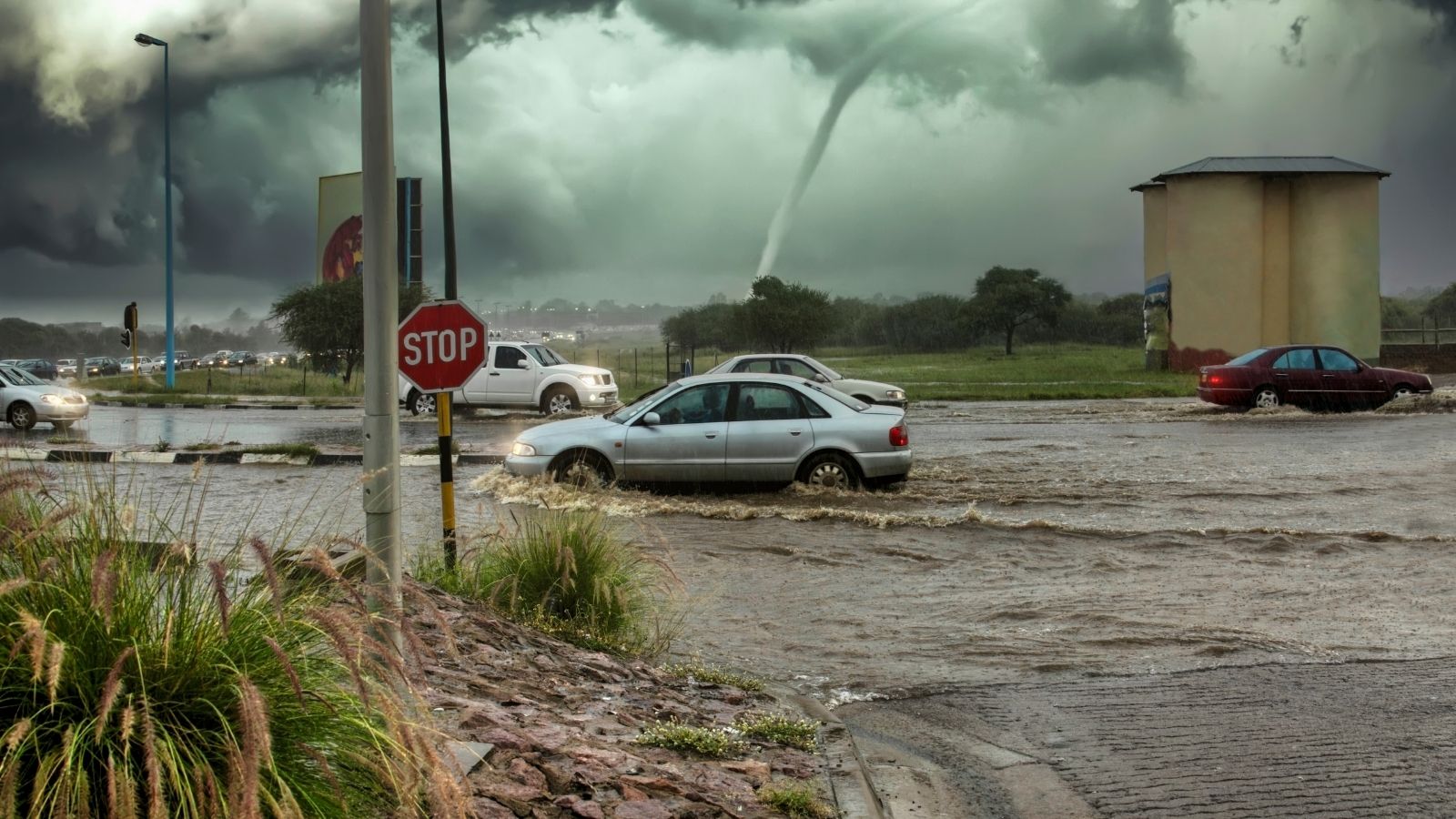
In flood-prone regions, elevated and stilted homes are becoming more popular as a way to mitigate the risk of rising water levels. Buyers in these areas are now prioritizing homes built with flood resilience in mind, leading to a rise in demand for properties with these design features.
Climate-Resilient Infrastructure
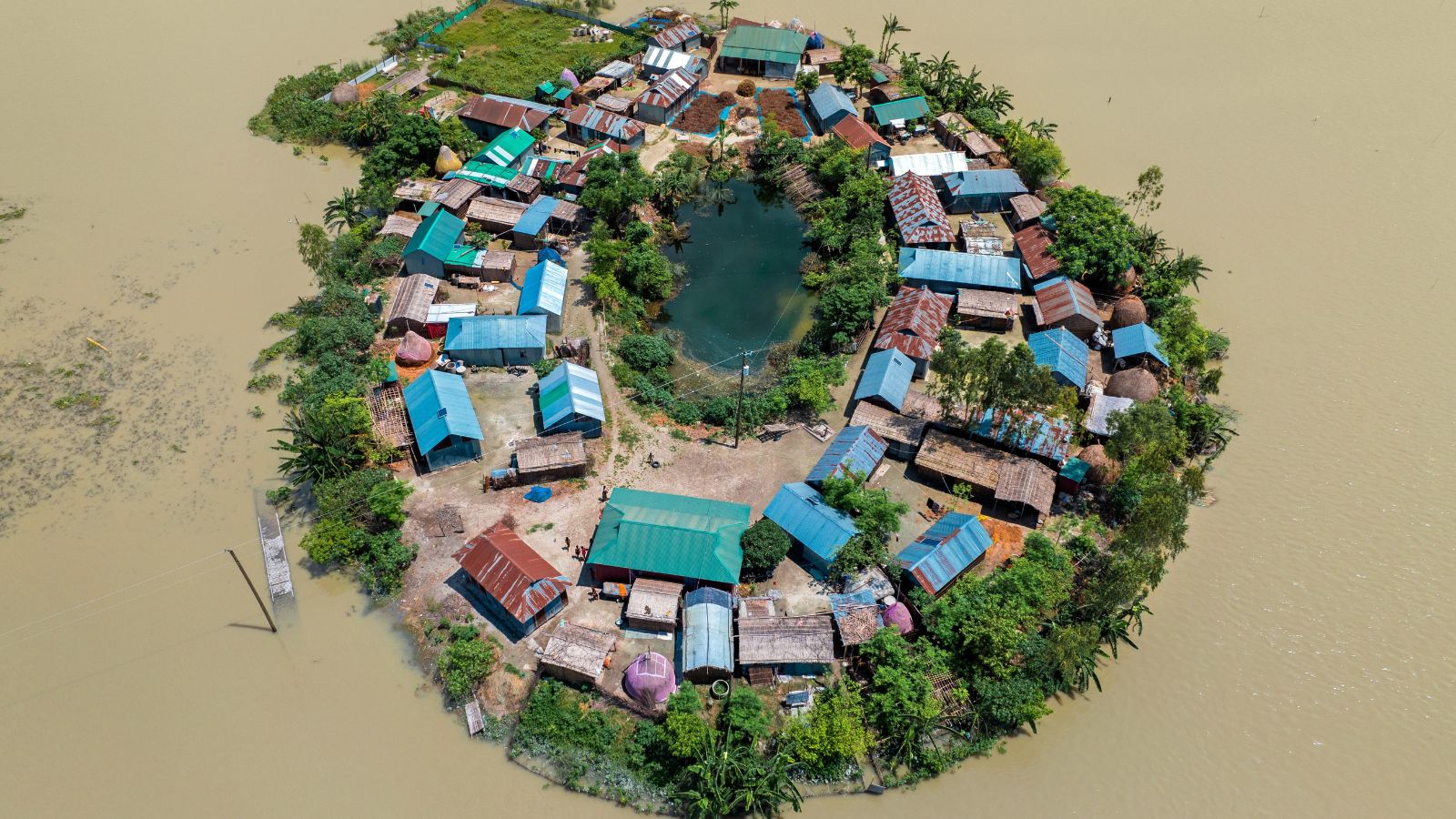
Real estate developers are now factoring in climate change when planning new projects. This includes building homes with climate-resilient materials, designing for natural disaster mitigation and incorporating renewable energy sources. These future-proof homes are attracting buyers who are willing to pay a premium for security.
Destruction from Extreme Weather Events
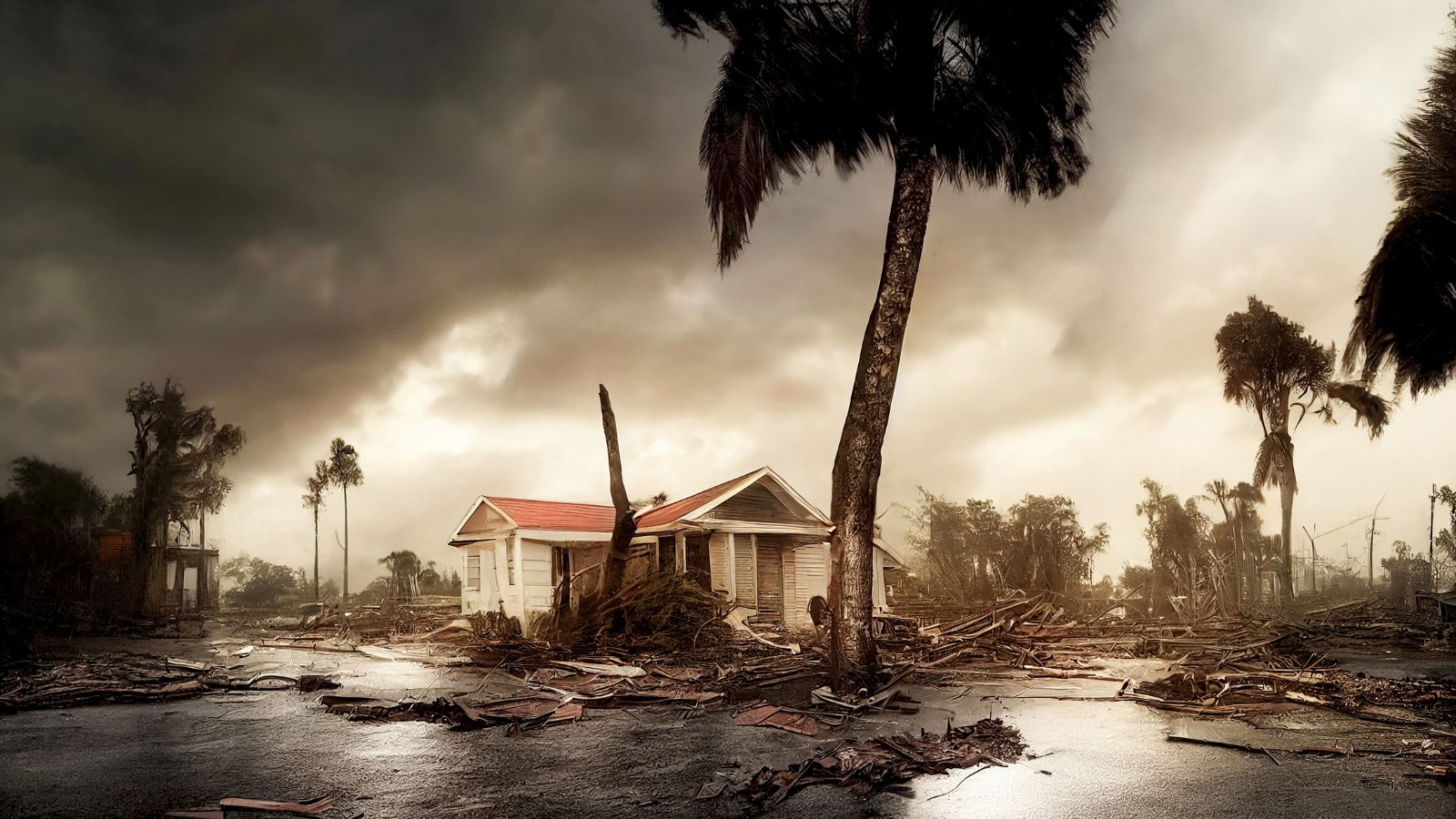
Hurricanes, typhoons, and tropical storms are becoming more frequent and severe due to climate change. These events cause massive destruction to properties, displacing homeowners and driving down real estate values in affected areas. The constant threat of rebuilding after natural disasters is reshaping buyer preferences.
Sea-Level Rise
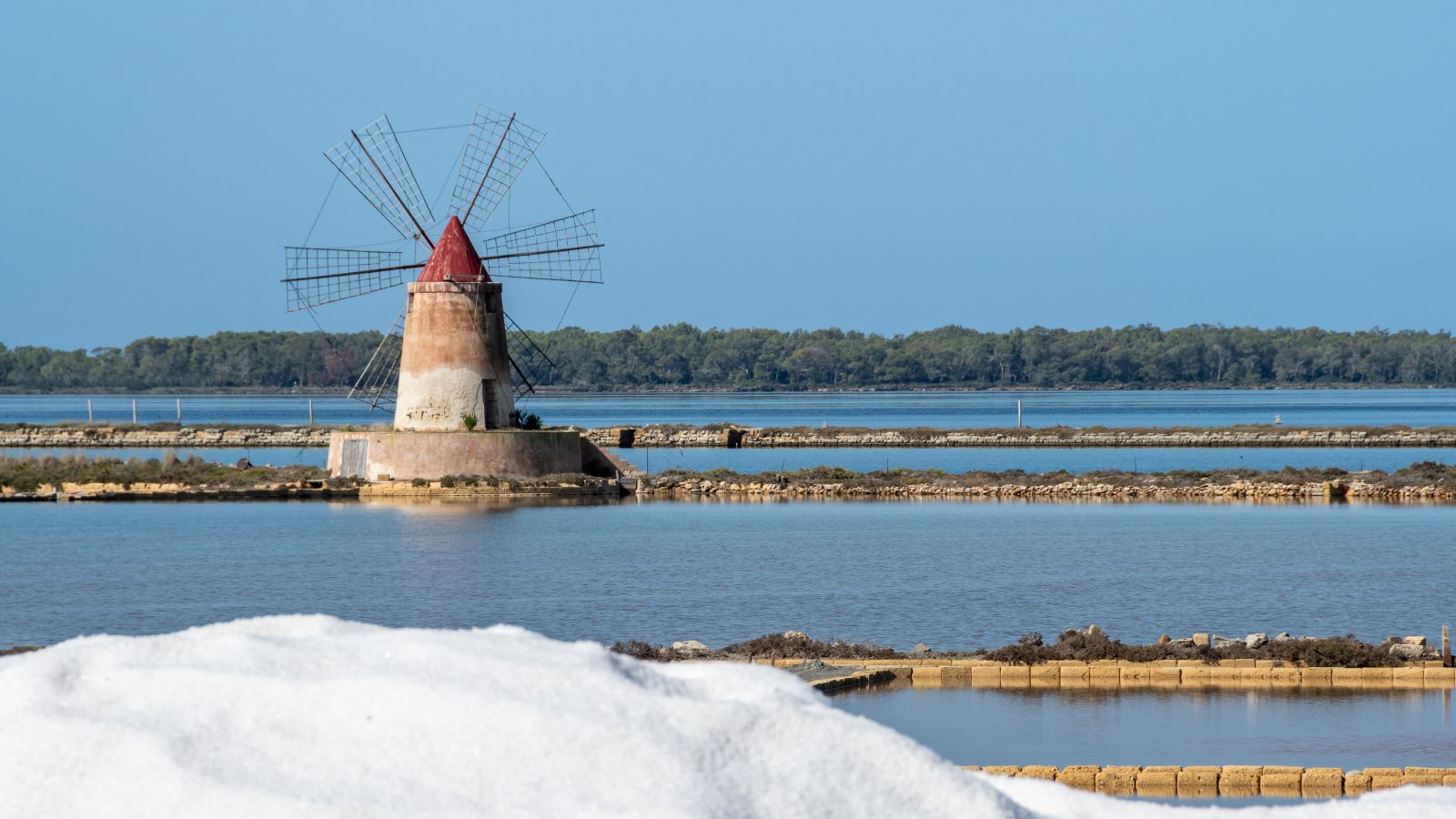
Interactive sea-level rise maps are becoming a tool for potential buyers, showing how vulnerable certain areas are to future flooding. These maps are influencing buying decisions, with savvy investors avoiding properties in areas projected to be underwater in the near future.
Heat Island Effects

Cities are becoming hotter due to the “urban heat island” effect, where concrete and asphalt trap heat. As cities heat up, buyers are looking for homes with better green spaces, shade, and cooling technologies. Properties in areas without sufficient cooling features are becoming less desirable, shifting demand to cooler, more shaded neighborhoods.
Shifting Population Centers

Climate change is driving population shifts from areas vulnerable to extreme weather to regions that are more stable and climate-resilient. As populations migrate, demand for real estate in climate-stable regions is increasing, while high-risk areas see declining interest and falling prices.
Tourism-Dependent Real Estate Is at Risk

Tourist destinations reliant on favorable weather conditions, such as ski resorts or tropical beaches, are seeing a decline in property values due to climate change. Unpredictable weather patterns, such as shrinking snow seasons or coral reef degradation, are impacting tourism, leading to reduced demand for vacation homes and investment properties in these areas.
18 Reasons Why People Are Leaving Florida in Masses

Exploring factors that impact the desirability of living in Florida, this list delves into various challenges shaping residents’ experiences. From environmental concerns like rising sea levels to economic factors such as fluctuating job markets, these issues collectively contribute to a nuanced understanding of the state’s appeal.
18 Reasons Why People Are Leaving Florida in Masses

Abhishek Ragunath is specialized writer for Trendonomist focusing on topics related to Investing, Money, Technology, Marketing and everything in between. He enjoys hiking, travelling, and is a self proclaimed foodie! He has written for brands including Hashtag Investing, Motely Fool, WallstreetZen & More.
